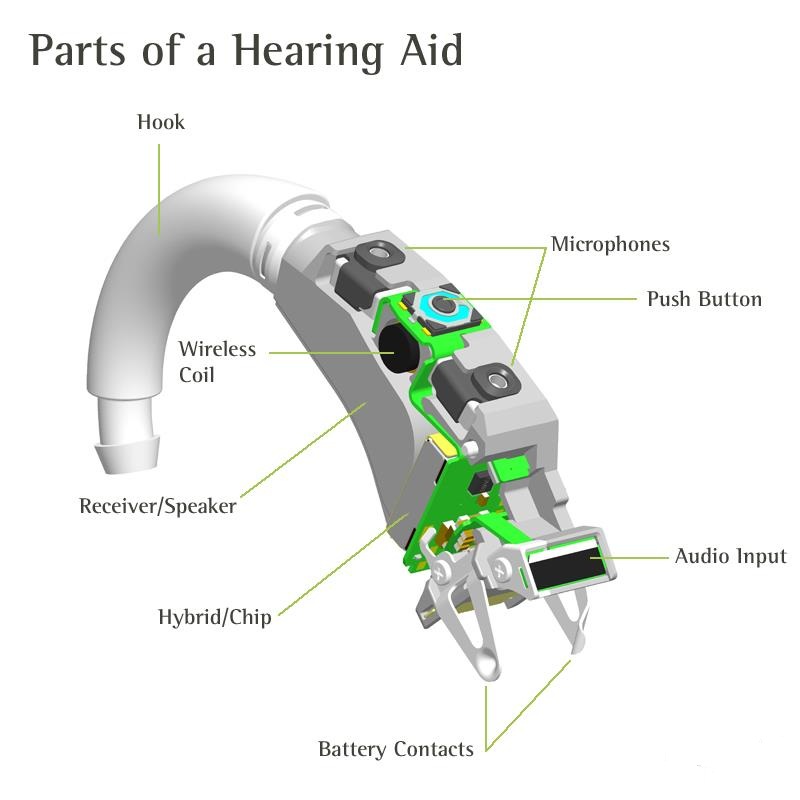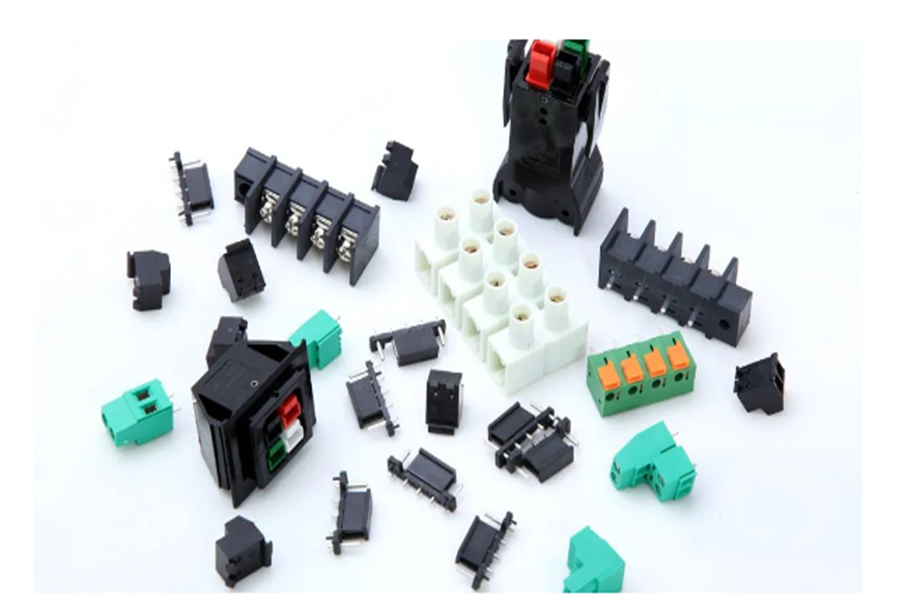
What is a hearing aid
Hearing aids are miniature sound reinforcement devices that amplify external sounds to the level required by hearing loss patients. Using the patient’s residual hearing to compensate for hearing loss, so that patients with hearing loss can hear sound like normal hearing, is currently the most effective tool to help hearing impaired patients improve their hearing.
Structure of hearing aids
Hearing aids come in many names, but the basic structure of all electronic hearing aids is the same. Any hearing aid includes 6 basic structures. It is mainly composed of microphone, amplifier, receiver, battery, various volume tone knobs and other components.
1. Microphone (microphone or microphone): Receive sound and convert it into electric wave form, that is, convert sound energy into electric energy.
2. Amplifier: Amplifies the electrical signal (transistor amplification circuit)
3. Receiver: The headset converts the electrical signal into an acoustic signal (that is, converts electrical energy into acoustic energy).
4, ear mold (ear plug) into the external ear canal.
5.Volume control switch
6. Dry batteries for power supply of amplifier.
How hearing aids work
Many people ask how a hearing aid so small helps patients hear sound?
Introduction of Jinghao Medical-Hearing aids convert acoustic signals into electrical signals, amplify the electrical signals, and then convert them into acoustic signals to amplify sound. In the process of energy conversion, it is the microphone and the receiver that realize the function of the transducer.
I. Microphone A microphone is an input transducer that converts sound energy into electrical energy.
2. Amplifier The amplifier will amplify the weak voltage converted by the microphone.
Third, the receiver The receiver is another transducer, which is the opposite of the microphone. It converts the amplified electrical signal into an acoustic signal or mechanical vibration and transmits it to the ear canal. The receiver converted into an acoustic signal is an air-conducted receiver, and the receiver converted into a mechanical vibration is a bone-conducted receiver.
Fourth, the volume control volume control is a variable resistor or potentiometer, used to adjust the current through the amplifier, the volume changes with the electrical signal resistance changes. Turning up the volume requires more current; turning down the volume reduces the current through the amplifier, making the sound lighter.
Link:What is the principle of hearing aids
REF: Hearing Aids, Hearing Aids Supplier , ITE hearing aidsThe article comes from the Internet. If there is any infringement, please contact service@jhhearingaids.com to delete it.






